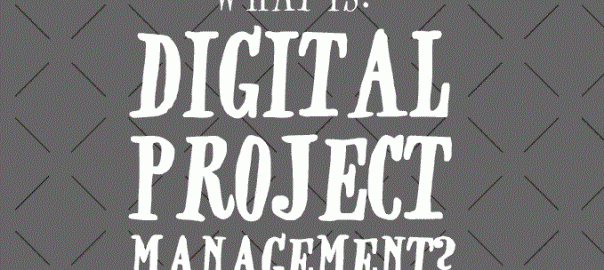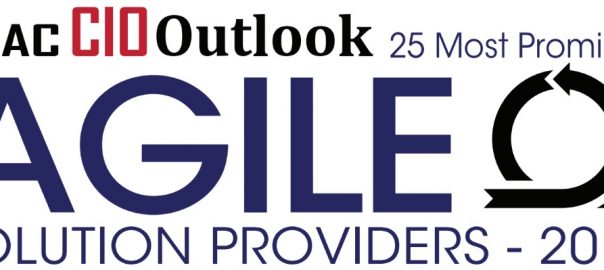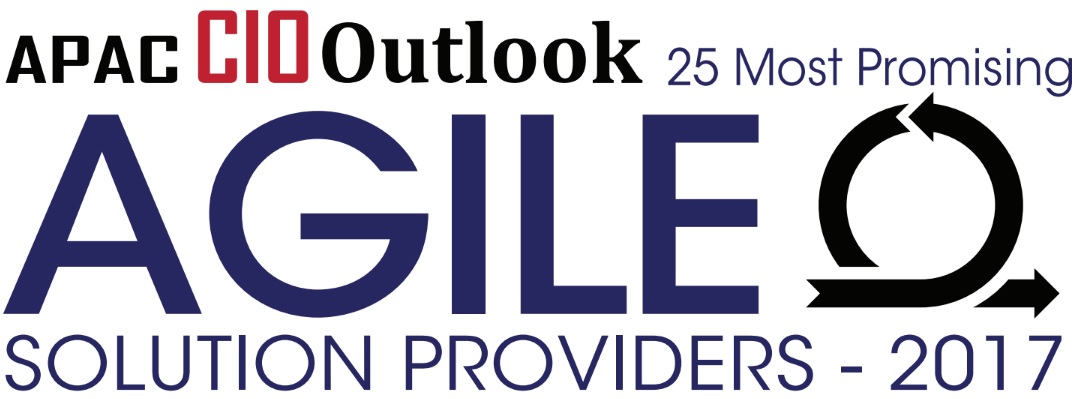Unless you have had your head in the sand, you’ve no doubt heard loads of buzz about ‘machine learning’ or ‘artificial intelligence’ (AI). In this article, I want to assess the opportunities and threats posed by AI to all online businesses specifically ‘online retailers’.
It should be noted that over the past 6 months I have been working on a new platform for ecommerce that will incorporate AI with the purpose to increase conversions and purchase volumes and hence have a deep affinity and keen interest in this space.
AI is starting to become more pervasive in our everyday lives than most of us would know. Google and Microsoft have been for some time weaving new AI smarts into their business. Google’s purchase of start-up DeepMind will be the first of many as the company looks to pioneer and be at the forefront of AI application.
Business Insider predicts that over 85% of all communications during the purchase cycle will be automated and computerised by 2020. Raises the obvious question of what impact this will have on customer service departments?
IMPACT OF ARTIFICIAL INTELLIGENCE ON ECOMMERCE
Stemming the tide of cart / sale abandonment
Did you know that over 70% of carts are abandoned online? This is hugely costly for ecommerce businesses. For fashion retailers, they suffer even higher abandonment rates given that discerning customers have a preference for coming into store to ‘try before they buy’.
Given this, where AI will make a huge impact is in driving customers through the cycle by offering a more personalised experience. Take for example, The North Face who recently partnered with IBM to better personalise their customer experience, incorporating AI into its online shopping. IBM’s Watson creates a psychoanalytic profile of customer data in less than a second, and from there, asks questions about where, when, and for what activities customers will be using their apparel. By doing this and according to IBM, customers spent an average of two minutes with the AI, increased trustworthiness and achieved a 60% click through rate for product recommendations through to sale.
The point is that using AI for personalisation in ecommerce could solve the huge issue of ‘the runaway customer’ and raise conversion rates.
Visual search poses to fundamentally change the way we search and digest information
AI is helping ecommerce companies like eBay, Target, and social media giant Pinterest take the guesswork out of online shopping by simplifying the search process. Recently, Pinterest reported that 93% of its users use the site to plan purchases, so the company recently used AI to create searchable images where users could tap just one part of an image to find product information. Retailer Target has recently partnered with Pinterest to substitute keyword search for image search in its app, users can just upload a photo and let AI technology scour the company’s inventory for a perfect match.
Ebay has recently added similar technology but is upping the ante by allowing users to share images from social media or websites in order to find similar products for auction on the site.
Recent studies show that social media platforms are responsible for 3.2 billion daily visual shares, so it stands to reason that customers want to shop what they share. Visual search is still in its early stages, but AI technology is leading the charge in blurring the lines between online and in-store shopping.
I believe the larger opportunity is to aggregrate all product image libraries and have AI empower shoppers to effortlessly discover comparative things for purchase from a range of sources. I whole heartedly believe this is a huge area where AI will have a lasting role and importance in providing contextual image based likenings to help aid in purchase.
I have invested in MashN – an online visual search to purchase business so again am wildly excited about the future for visual search.
Content to be written by AI
Gartner predicted that by 2018, 20% of business content would be computer generated.
The Washington Post aims to provide its readers with hyper-local sports coverage and knew it didn’t have the manpower to send reporters to hundreds of games that only mattered to a handful of people. What they had instead was AI technology. An AI program called Heliograf analyzes data around scores, players statistics, and weekly regional rankings then uses that data to write hundreds of sports articles that the Post never could have covered using human reporters.
The potential for AI in ecommerce is boundless, but most ecommerce companies are focused on AI for online shopping. And while chatbots and more accurate, personalized recommendations are exciting, using AI to analyze customer data and language in order to create hyper-personalized content is another revolutionary possibility for AI.
Retarget potential clients
As indicated by Conversica, no less than 33% of advertising leads are not followed up by most businesses. This implies pre-qualified potential purchasers keen on your item or administration, fall through the crack.
Omni-channel retailers are beginning to gain ground in their capacity to remarket to clients. The substance of offers is changing with organisations reacting openly to the will, desires and needs of their clients.
AI Personalisation to set a new benchmark
With the ever expanding advancements in man-made consciousness and machine learning, new profound levels of personalisation have begun to infiltrate the quickly developing online business world.
While AI based personalisation for online business adopts the multi-channel strategy. The scalability and impact of AI in e-commerce is only expected to increase. The increase will allow identification of exceptional prospects, building better customer relations, boosting sales, and bridging the gap between personalization and privacy.
Concluding Remarks
Despite the fact that the term ‘artificial’ may suggest something negative or dehumanized, artificial intelligence is already enabling great strides to improve the customer experience, sales forecasting, warehousing and stock management etc. AI will fundamentally change the way business is done and yes, their will be an impact on some jobs. In my estimation, it will however give rise to new talent needs, requirements and career opportunities.
AI will serve to improve the efficiency of search, retreival and purchase experience. Online businesses more than ever before need to embrace innovation and at very least look to implement AI to safeguard their revenues if not to maintain or obtain a competitive advantage.







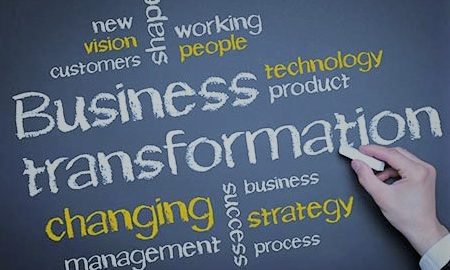
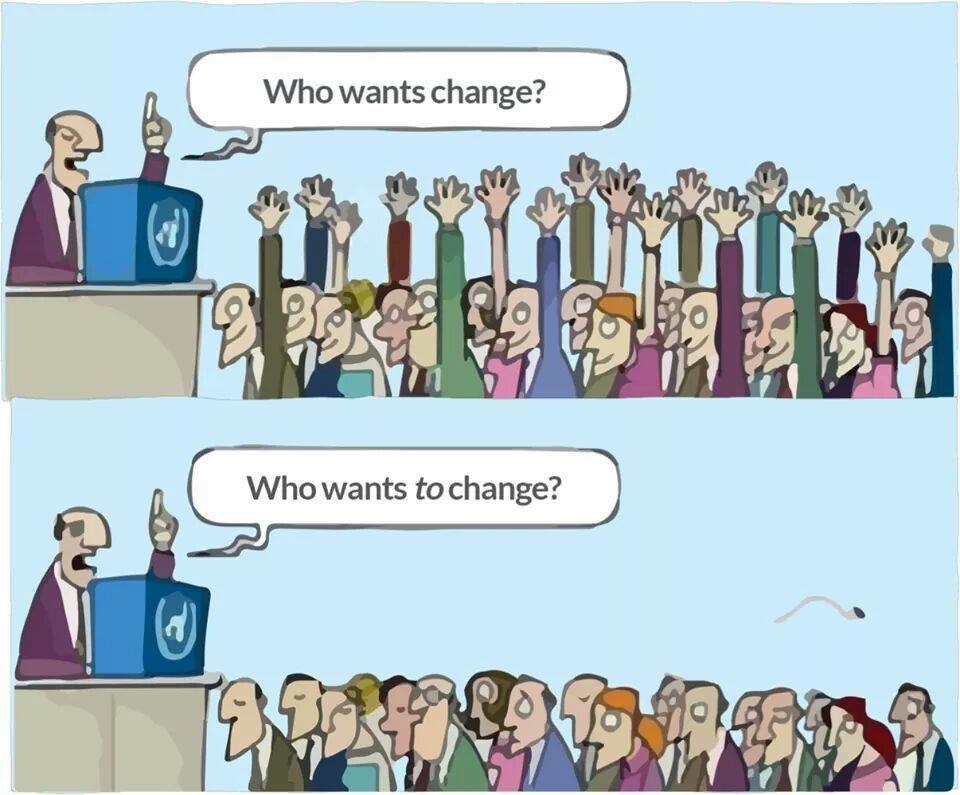 I came across a brilliant cartoon which sadly too often nowadays sums up the sentiments toward change within all businesses.
I came across a brilliant cartoon which sadly too often nowadays sums up the sentiments toward change within all businesses.
